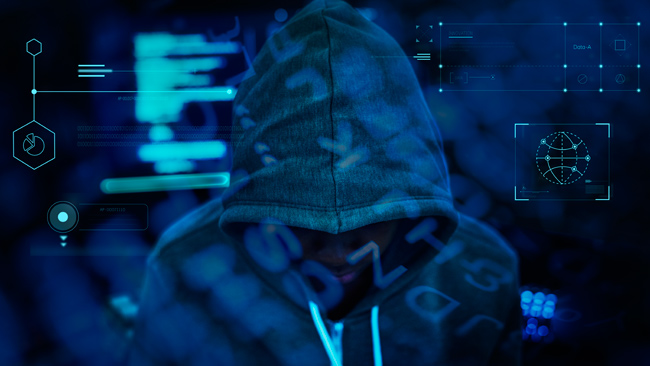It’s no secret that women and people of color feel significantly less safe online than other demographics. Some of the reasons for that include harassment, stalking, and bullying, among other things. Sadly, this is today’s normal. What people don’t really expect to hear, however, is that these groups are also more prone to becoming victims of cybercrime.
Everyone feels varying degrees of concern about their online privacy and safety, but it’s clear that some groups feel this impact much more than others. Several factors contribute to this, including fewer resources and education about cybersecurity. Read on to learn more about how women, minorities, and other groups are impacted by cybercrime today.
Revealing the True Colors of Cyber Crime
The Demographics of Cybercrime report presented by Malwarebytes and Digitunity paints an alarming picture of what these demographics face today. Key takeaways from this report show that women feel the least safe online and that BIPOC people struggle more to avoid financial impact due to cybercrime.
Only 37% of women feel somewhat or very safe online compared to 49% of men. The same goes for privacy, where only 26% of women respondents felt their online information was private compared to 32% of men. With some types of cybercrime such as ratting, stalking, and image-based sexual abuse mainly targeting women, that isn’t surprising.
More women also received text messages from strangers with potentially malicious links (79% percent compared to 73%). Plus, 46% of women’s social media accounts had been hacked compared to 37% of men.
BIPOC people face similar issues, with 21% have been victims of identity theft in the past compared to 15%. On top of that, 45% of BIPOC respondents have had their social media accounts hacked compared to 40% of white respondents. A 2017 survey from the Pew Research Center showed a similar trend, where 59% of black people had experienced online harassment compared to 41% of white internet users.
The survey also revealed that not only are women and BIPOC people more targeted by some types of cyberattacks, but the impact usually was also greater. These are only a few of the figures the report reveals, so be sure to check it out for more details.
Online Safety Shouldn’t be a Privilege
The question raised by this and other studies in the same vein is why some groups are more vulnerable to online attacks than others. Some of the key findings concluded that:
– More vulnerable groups tended to have less access to education about cybersecurity,
– Groups with less financial security felt the impact of cyber attacks much more prominently,
– They also faced more stress due to the fear/effect of financial loss,
– And vulnerable groups who tended to receive more harassment experienced more anxiety.
Feeling Safe Again
No one should have to feel anxiety because they’re using the internet – something that is virtually unavoidable in today’s everyday life. One of the major reasons for the disparity in security and privacy between these groups is cybersecurity education.
While the issue of financial security isn’t as easily solved, making cybersecurity awareness more widespread is achievable. Staying safe online doesn’t have to be exclusionary, complicated, or expensive. Here are some simple security tips that anyone can implement right now to increase their online safety and privacy.
1. Learn How to Recognize Phishing and Malware
The internet is filled with wonderful resources on all types of phishing and malware. Be sure to go through some examples to see common phishing tactics and learn how to avoid them. Phishing scams are one of the biggest threats today and are predominantly spread through email, SMS, and social media.
2. Use an Anti-Virus Program
Anti-virus programs are essential. Windows already comes with Windows Security, which is a pretty solid one. But there are plenty of fantastic options out there that offer even more security features.
3. Protect Passwords Diligently
Passwords are usually the only thing keeping cybercriminals out of people’s accounts. And the only way to protect passwords is to use a strong and unique one for each account. Otherwise, if a criminal gets into one account, they get into all of them. Don’t write passwords down either – use a password manager instead if necessary.
Also, always remember to activate two-factor authentication as this can keep criminals out even if they do learn the password. It works by sending a one-time pin (OTP) to a separate account or device.
4. Get a Good VPN
A virtual private network (VPN) is software that encrypts an internet connection and reroutes it through a secure server. The encryption ensures that if someone gets access to a person’s connection, they still won’t be able to see what they’re doing online. Rerouting the connection through a VPN server also changes the device’s IP address, making the connection anonymous.
The result is, even if a malicious person decides to follow someone’s online activities – to stalk them or reveal their identity – they won’t be able to find anything.




Leave a comment
Have something to say about this article? Add your comment and start the discussion.